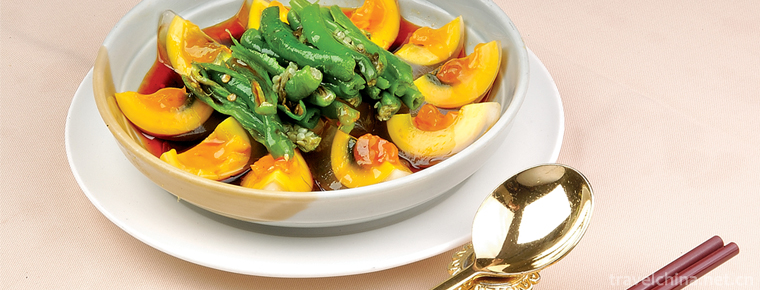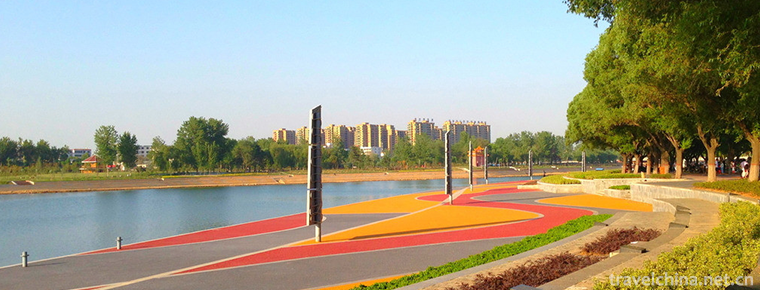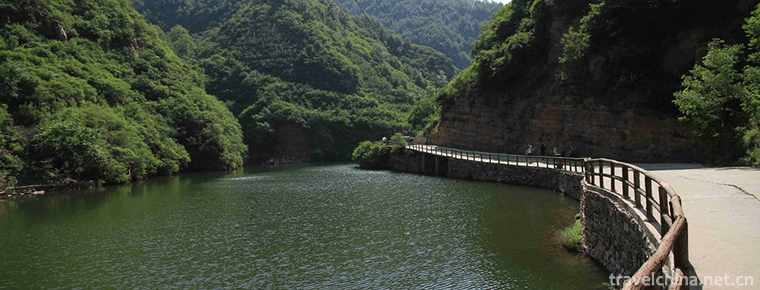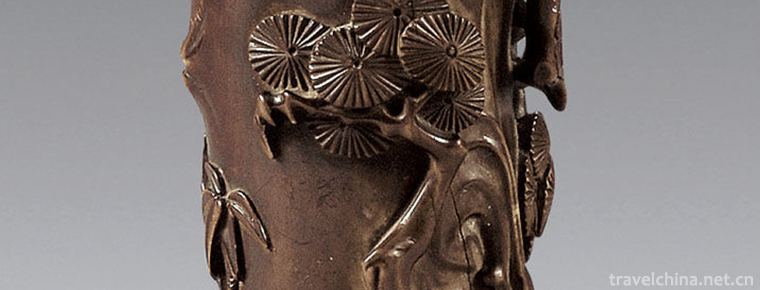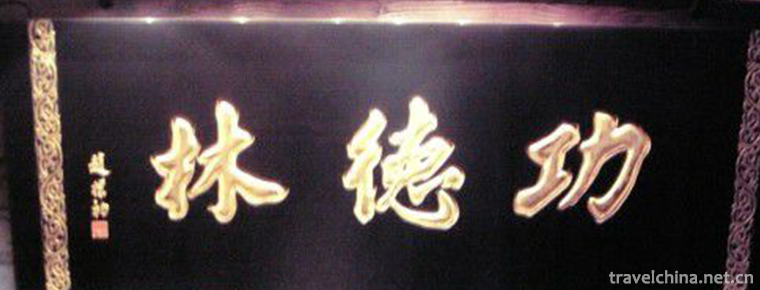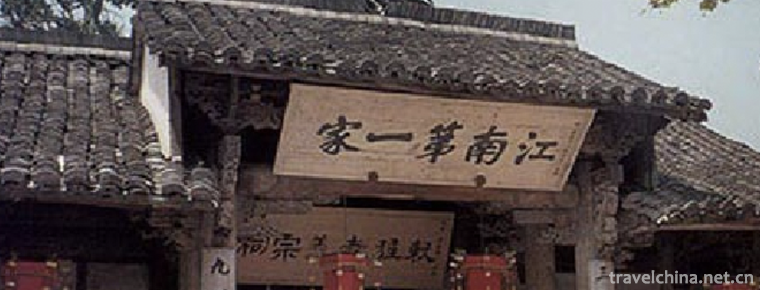Kazakh Dastan
Kazakh Dastan
Dastan is the main carrier of Kazakh folk culture. It is a folk rap art with a long history. Every Dastan has a complete story. All kinds of Kazakh folk culture are handed down from generation to generation through Dastan. "Dastan" originally means long narrative poems. From the 9th to 10th centuries, it was a literary form of folk dictation. The plot was complex and the length of the poem was long. A Dastan poem could be sung day and night. "Dastan" eulogizes the struggle spirit of Kazakh youth against oppression and freedom of marriage, which occupies an important position in the history of Kazakh literature.
On June 7, 2008, Kazakh Dastan was listed in the second batch of national intangible cultural heritage list with the approval of the State Council.
historical origin
Dastan is a Kazakh folk literature, mainly composed of Hessa and long narrative poems. Hesa is a special and important work in Kazakh folk long poems. It is created by adopting or drawing on foreign myths, legends and stories, and its content is close to the life of the Kazakh people.
Dastan, originally intended as a long narrative poem, is a folk oral literary form with complex plots and long length. A Dastan poem can be sung day and night. About the 9th to 10th centuries, the works of folk poets and singers have been singing and processing for a long time. They praise the struggle spirit of Kazakh youth against oppression and strive for freedom of marriage, which occupies an important position in the history of Kazakh literature. The person who is good at singing this kind of Dastan is called "Dastan Qi", a singer and poet with both singing skills and improvisational Lyric ability. According to statistics, there are more than 200 Kazakh Dastan literary works.
primary coverage
The person who is good at singing this kind of "Dastan" is called "Dastan Qi". Kazimu, a herdsman in Karen Village, Kuoke Agashi Township, Fuhai County, is the only old man who sings the largest number of Kazakh Dastan. Among more than 200 well-preserved Kazakh "Dastan", the old Kazakh can sing 104, which is known as a live record of Kazakh "Dastan".
"Dastan" is an ancient form of folk rap and singing of the Kazakh people, known as the "living fossil" of Kazakh history. Narrative poems, about the 9th and 10th centuries, are a form of folk oral literature. They have complex plots and long length. A Dastan poem can be sung day and night. "Dastan" eulogizes the struggle spirit of Kazakh youth against oppression and freedom of marriage, which occupies an important position in the history of Kazakh literature.
"Dastan" mainly consists of "Hessa" long poems and narrative long poems.
Hesa's long poems are a special and very important kind of works in the vast number of Kazakh folk long poems. The long Hesa poems are not only numerous, but also complicated in plot. Most of them are deeply influenced by Islam. Most of them are created by using or drawing lessons from foreign myths, legends and stories. At the same time, they are closely related to the life of their own nation, thus becoming a unique and important work in Kazakh long poems. The most influential and most important representative works of this kind in Kazakh nationality are Holkhart Ata (composed of 12 long poems), 40 Bartels in Crimea, 40 Stories of Peng Quail, 40 Prime Ministers, and The Legend of the Prophet (composed of more than 70 long poems, legends, stories, poems and articles). According to statistics, Kazakhs have more than 200 long poems of Hesa type.
Narrative poems are long narrative poems written in the history with the story content of native Kazakhs. Kazakh folk narrative long poems are very rich, which can be divided into heroic long poems, love long poems, historical long poems and so on. The earliest heroic poems were Alepamis in the 10th to 11th centuries, Kubland in the 11th to 12th centuries and Talgen in the 14th to 15th centuries. These long poems praise the heroes who fought bravely against the enemy in order to safeguard the security of the tribe. From the 17th to 18th centuries, the further awakening of national consciousness led to the emergence of a number of new long heroic poems, such as Shabambai and Janibek Bartel. Kuiz Kulpash and Bayan Sulu is the oldest love poem in Kazakhstan. This 30,000-line long poem was first formed in the 9th to 10th centuries and later refined by folk artists as an art treasure. Other well-known love poems include Gibec Girl, Eman and Cholepan, Saliha and Saman. These poems have a long history, complex plots, concise language, high artistic quality and strong appeal. These works are not only well known among the people of our nation, but also have great influence in other nationalities. Among the numerous love poems, there are abundant descriptions and materials related to Kazakh customs and national characteristics. Historic poems are mainly about tribal history and genealogy, such as Able.
basic feature
In the performance, it is mainly composed of solfeggio, or accompanied by traditional instruments such as Dongbula and Hobozi.
Dastan sings in a rhythmic manner, usually four, six or eight lines in each paragraph, with seven or eleven syllables in each line. There are many ways of rhyming: "Charles Wuyikas" is an interlaced rhyme, that is, one or three lines in one rhyme, two or four lines in another rhyme; "Harawing Wuyikas" is one, two or four lines in the same rhyme; "Kyrgyz Four lines are unlimited, and five, six and seven lines must rhyme with one, two and three lines, and so on. In addition, there are other forms. Various rhythms can be used in a long poem according to the need of expressing content.
First, the emergence and inheritance of Dastan depends on the performer's oral performance and professors, which is its external characteristics.
2. Dastan has a history of thousands of years since its formation. Poetry is relatively old. It can be divided into two categories: Hesa and Narrative Poetry, accompanied by Solfeggio or traditional musical instruments such as Dongbula and Hobozi, thus it has the characteristics of ancient primitiveness.
3. Dastan not only carries the history and culture of the nation, cultivates people's moral sentiments, but also vividly displays the national customs, which can better adapt to the appreciation habits and aesthetic sentiments of the masses. Therefore, it has the characteristics of people.
Fourth, the performance form is relatively single, forming a relatively fixed recital, but the performance content is rich, mostly to express love for nature, love for home, love for relatives and similar animals, prey, this is the most simple human feelings, at the same time, there are higher requirements for performance venues and performers, which is the traditional characteristics of the music.
Fifth, Dastan is not as complex and gorgeous as some poems, but shows a unique beauty of simplicity, primitiveness and simplicity, thus constituting the simplicity of modes and slabs.
Sixthly, it came into being in the production and life of Kazakhs, and along with the development of festival activities, it formed the dependence characteristics of folk customs.
7. Dastan and grassland folk literature coexist for a long time and develop independently. Therefore, it has coexistence characteristics.
Representative works
Works: Hessa-like long poems: Genghis Khan and Girenche, Ahasat, Forty Prime Ministers
Narrative poems: Tolegen and Kizibek, Faith to Yours, My Kazakhstan, Jettenbara, Kledan Batul, Girl Kibek, etc.
Protection status
In 2008, "Kazakh folk Dastan" was selected as the second batch of national intangible cultural heritage list projects, and Kazakh folk Dastan inheritors of intangible cultural heritage were awarded to Kazakh Mu. In order to protect this ancient folk culture, the local government set up a special department to protect Dastan artists. They recorded 104 Dastan songs that Hazimu could sing in words and recordings, and set up special bases and schools for Hazimu to recruit students to study Dastan.
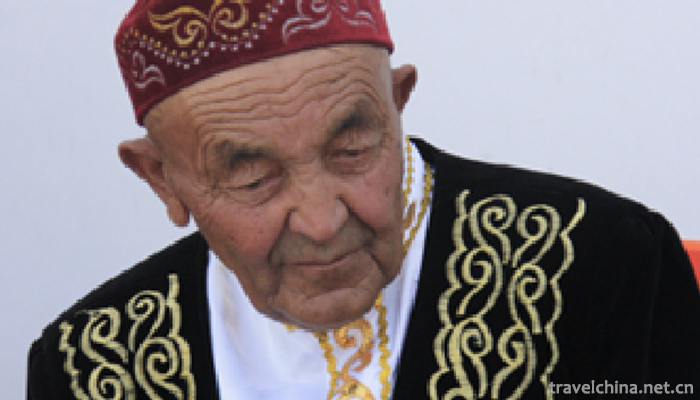
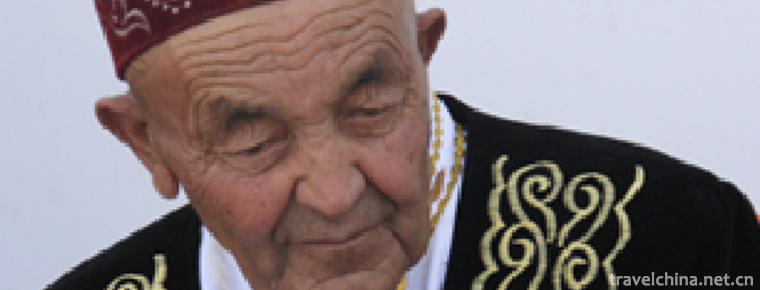
Kazakh Dastan
-
century eggspreserved egg100years egg
Preserved egg, also known as preserved egg, egg, egg, egg, etc
Views: 228 Time 2018-10-12 -
Shali River Scenic Area
Shali River Scenic Spot, located in Luohe City, Henan Province, is built on the basis of Shali River and Lihe River. The total area of the scenic spot is 86 square kilometers
Views: 186 Time 2019-02-07 -
Tianhe mountain
Tianhe Mountain, located in Xingtai City, Hebei Province, is China's Love Mountain, the hometown of Chinese Qixi Culture, and the birthplace of the legend of Cowherd and Weaver Girl
Views: 212 Time 2019-02-21 -
Tianjin Italian Style Area
Tianjin Italian Style Area is located in Hebei District of Tianjin City. It is a quadrangular area surrounded by Wujing Road, Boai Road, Shengli Road and Jianguo Road in Hebei District. There are near
Views: 167 Time 2019-02-21 -
Yueqing Poplar Wood Carving
Yueqing boxwood carving, a kind of ornamental round carving art with boxwood as its material, is mainly popular in Houhengcun, Wengyuan Street and Lecheng Street of Liushi Town in Yueqing City,
Views: 130 Time 2019-05-11 -
Vegetarian production skills
Gongdelin vegetarian food originated in temples. During Tongzhi period of Qing Dynasty, Temple vegetarian food gradually entered society. In 1922, the disciples of Wikipedia, a Buddhist monk at Changj
Views: 302 Time 2019-06-17 -
Construction Techniques of Wuzhou Traditional Residential Buildings
On June 7, 2008, Wuzhou traditional residential construction techniques were approved by the State Council and listed in the second batch of national intangible cultural heritage list.
Views: 216 Time 2019-06-30 -
Yongchun Quan
Yongchun Quan is a traditional Chinese martial arts, a technology to stop invasion, a positive, streamlined and legitimate defense system, and the legal use of force. Compared with other traditional C
Views: 232 Time 2019-07-14 -
Qingyang Palace
Qingyang palace is located in the second section of the first ring road in Chengdu, Sichuan Province. It is known as "the first Taoist temple in Western Sichuan" and "the first jungle in Southwest China". It is also one of the famous Taoist temples in China.
Views: 166 Time 2020-11-05 -
Da Zang Temple
Located in the north of malkang County, dazang temple is about 500 kilometers away from Chengdu City and is located in the deep mountains above 3000 meters above sea level.
Views: 262 Time 2020-11-07 -
Administrative division of Guangyuan
Guangyuan City has 7 county-level administrative divisions (Municipal District 3, county 4) and 142 township level administrative divisions (Street 7, town 111, township 24). It covers an area of 16310 square kilometers and has a population of 3.11 million. Guangyuan Municipal People's government is located at No.24, north section of Renmin Road, Lizhou district.
Views: 114 Time 2020-12-15 -
Geographical environment of Suining
Suining City is located in the middle of Sichuan Basin and the middle reaches of Fujiang River. It is between 105 ° 03 ′ 26 ″ - 106 ° 59 ′ 49 ″ E and 30 ° 10 ′ 50 ″ - 31 ° 10 ′ 50 ″ n.
Views: 191 Time 2020-12-16
